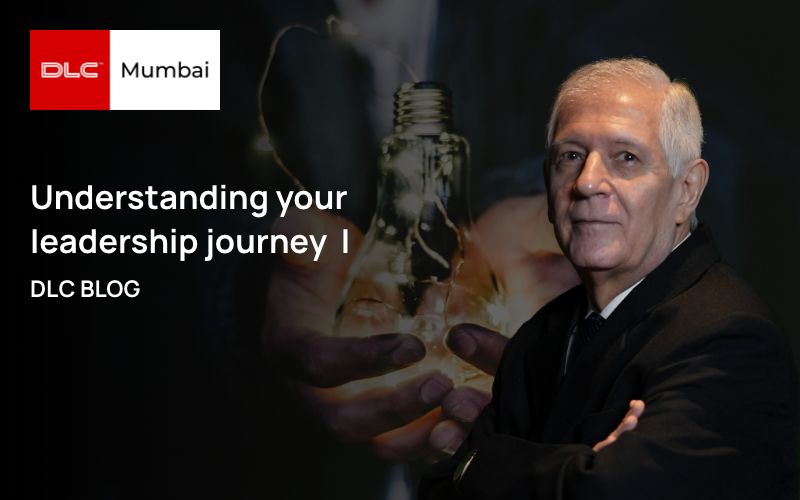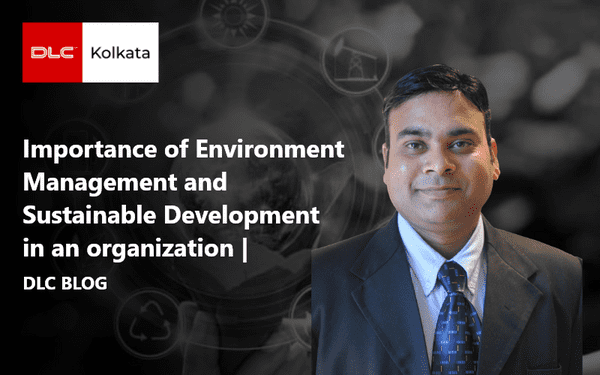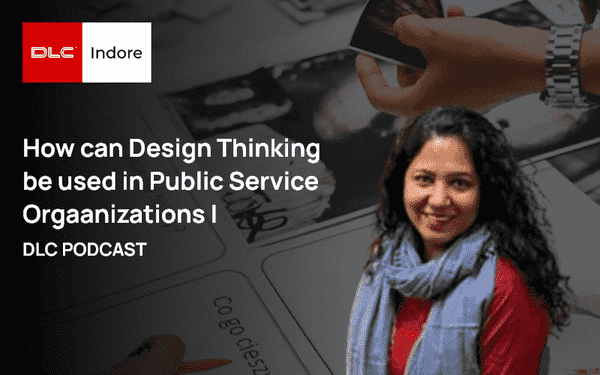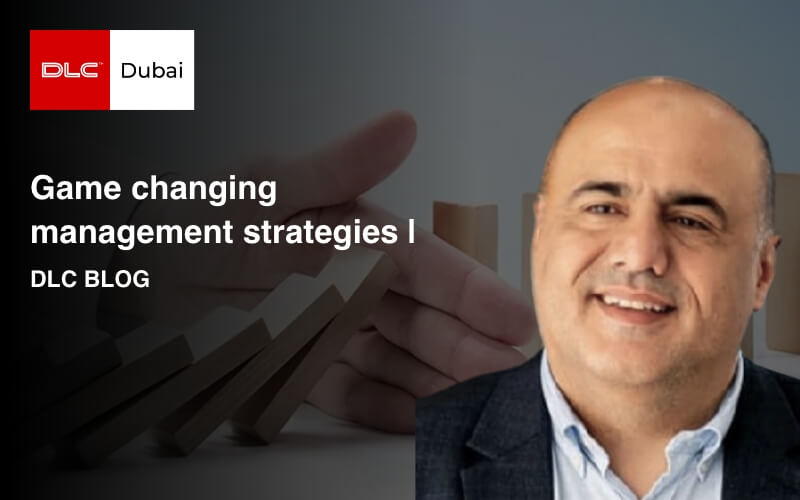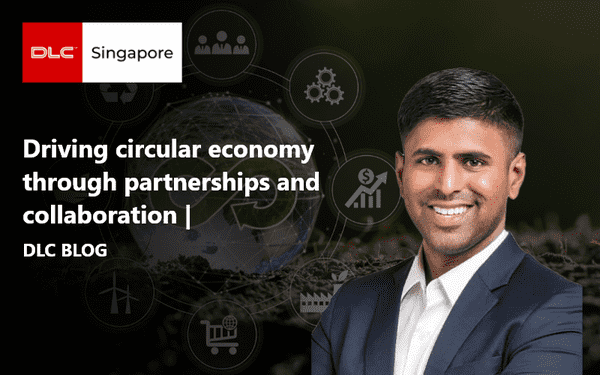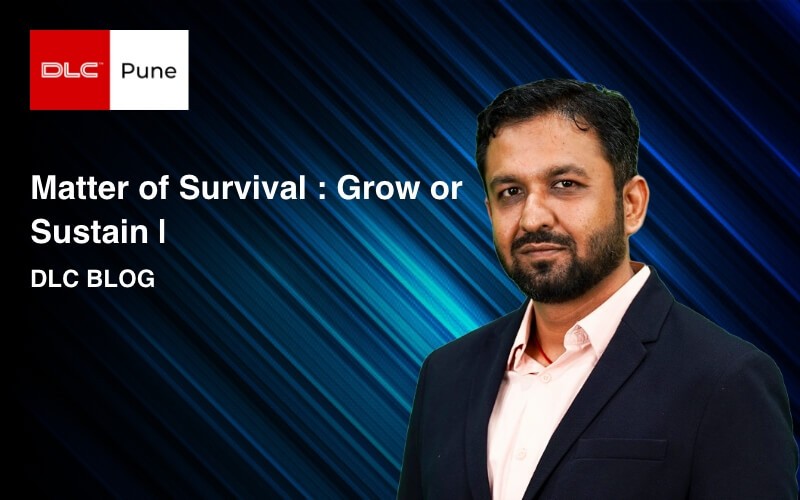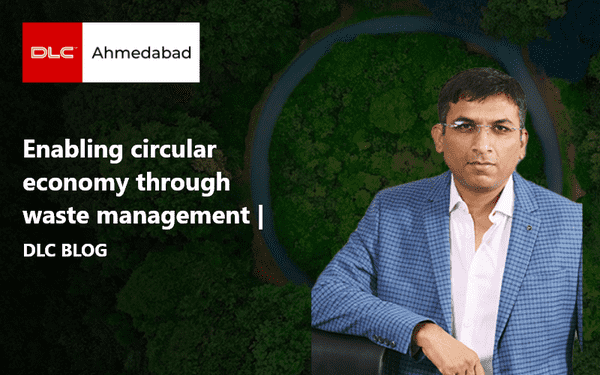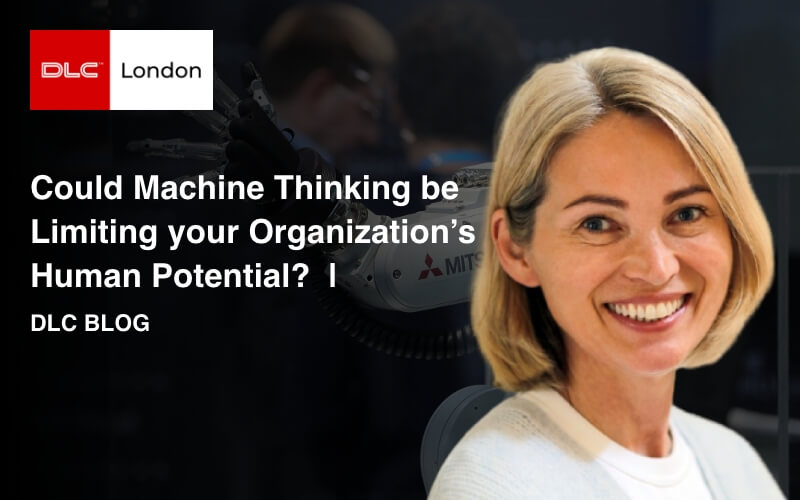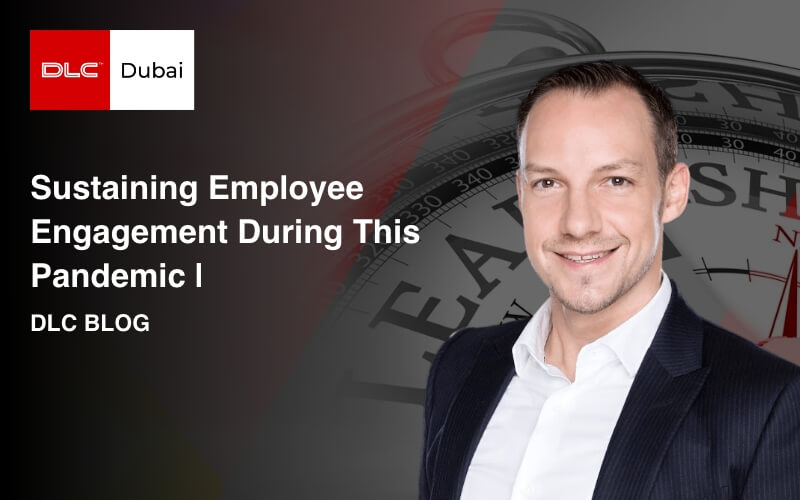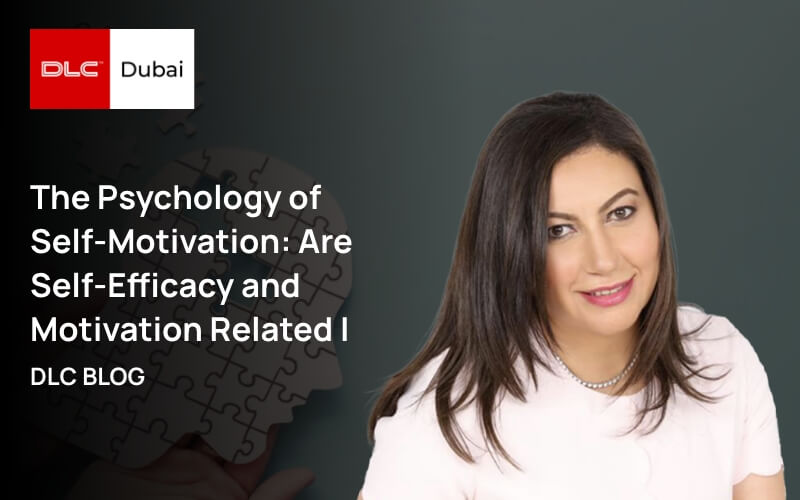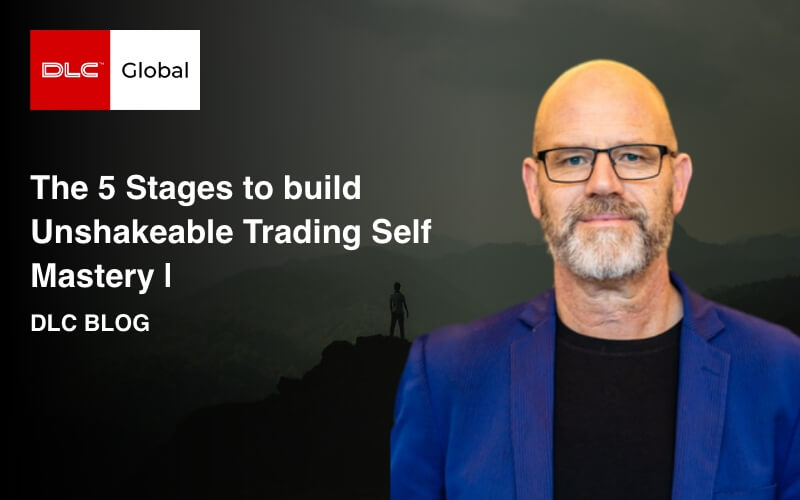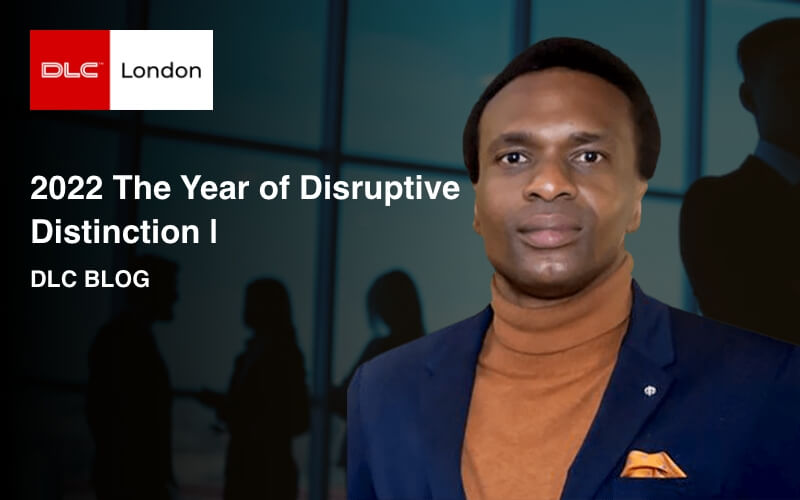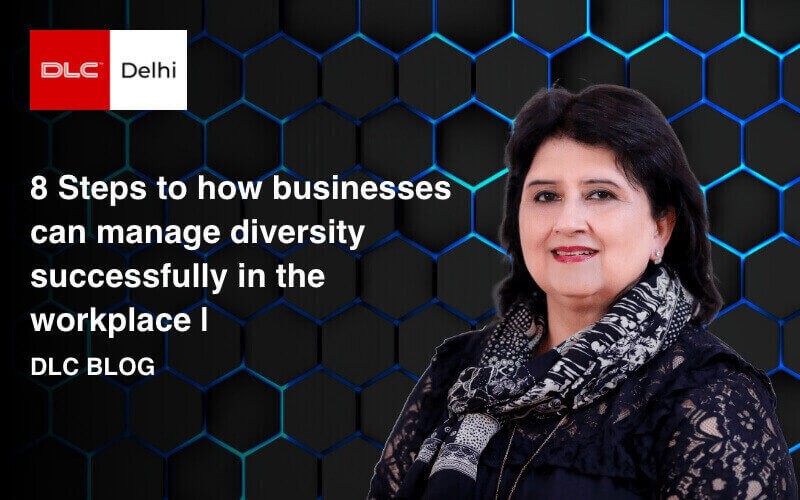

Driving circular economy through partnerships and collaboration
Kavickumar Muruganathan
March 2, 2022
The circular economy is an economic model in which we keep resources in use for as long as possible, extract the maximum value from them while in use and then recover and regenerate materials at the end of each service life. The transition towards a circular economy offers a platform for multi-level stakeholder collaboration to deal with the challenges of resource constrain and waste generation. Accenture’s book on “Waste to Wealth” indicates that shifting towards a circular economy could release about $4.5 trillion in new economic potential by 2030. Increasingly, corporations are turning towards collaborative partnerships to develop and implement circular economy strategies.
The Circular Economy Model
 The shift to a circular economy has seen companies seize untapped opportunities to develop innovative business models. Here are some examples of how companies have collaborated to drive circular economy in various sectors.
Aramark: Reducing food waste
Foodservice provider Aramark, headquartered in the United States and with operations in 19 countries, partners with food waste reduction experts LeanPath to improve food waste prevention and minimization. By integrating LeanPath’s food tracking and analytics technology platform across 500 of its largest accounts, Aramark is able to accurately track food production by monitoring orders received and preparing required quantities of servings. Having rolled out LeanPath’s technology platform across 161 of its operating sites since 2016, Aramark has reduced food waste by about 44% and amount of food sent to landfills by 479 tonnes. In cases of food overproduction, unserved food is donated to local relief agencies or sent for composting. These implementations will assist Aramark in meeting its food waste reduction target of 50% by 2030 from its 2015 baseline.
H&M: Regenerating value in clothes
In early 2013, H&M launched a global in-store clothing collection program to encourage customers to return their used clothes in exchange for vouchers. To manage the downstream processing of the collected clothes, H&M partnered with reverse logistics service provider I:CO. I:CO assists in the manual sorting of collected clothes for re-wear, reuse, recycling or energy generation. It is estimated that about 40-60% of the clothes collected by H&M are suitable for re-wear and made available for second-hand sales worldwide. I:CO’s main revenue stream is generated from these sales, especially the high-value vintage garments.
At the next level, about 5-10% of collected clothes are reused as cleaning clothes or cascaded into other products as they are not suitable for re-wear. About 30-40% of collected clothes cannot be reused. They are either recycled to textile fibres or used to manufacture products such as damping and insulating materials in the automotive industry. The rest of the clothes are burnt to produce energy for thermal utilization.
H&M also partners with a supplier in Pakistan to recover fibres from jeans. Collected end-of-use jeans are shipped to partner facilities. They are then crushed and respun into fibres to be used as input for the manufacture of new jeans. The respun fibres replace about 20 to 25% of virgin materials needed for manufacturing a new pair of new jeans. H&M’s long-term aim is to find solutions for reusing and recycling all textile fibres for new uses and to use yarns made from collected textiles in their products. To meet its vision, surplus funds from the clothing collection program are donated to the H&M Conscious Foundation which supports research and innovation in reverse logistics capabilities and closed loop textile production.
DSM-Niaga: Innovative flooring solutions
Established in 2014, DSM-Niaga is a joint venture between DSM, the global life and material sciences company and Niaga, a Dutch based provider of sustainable carpet solutions. The collaboration resulted in the development of Niaga® technology, used to produce the world’s first and only fully recyclable carpet.
The technology is based on a simple set of processes that does not use latex as an adhesive in the manufacturing process. The combination of Niaga’s fibre binding technology and DSM’s engineered adhesive resin technology allows the manufacture of mono-material and duo-material carpets that have easy-to-separate layers, enabling the re-creation of raw materials at the end of the product lifecycle.
In the United States, more than 4 billion pounds of carpet are landfilled annually, making it one of the most common products in landfills today. Niaga® provides the carpet industry with the possibility of making carpet waste obsolete and diverting waste from landfills. Besides closing the material loop for carpet production, Niaga® fibre binding technology allows for as much as 95% energy reduction during carpet production as compared to traditional manufacturing processes. Product Life Cycle Assessments (LCA’s) comparing Niaga® technology to conventional solutions show a reduction of environmental impact by 40- 65% throughout the product lifecycle.
Despite being 100% recyclable, Niaga® technology-based carpets do not compromise on product safety and are intrinsically flame retardant without the need for any additives. After carpets are used, customers are encouraged to sell them back to the manufacturers. To ensure continuous collaborative research and innovation, DSM and Niaga have jointly established a technical centre and production facility in the Netherlands. Interestingly, the name “Niaga” when spelt backwards reads “Again” in a true circular fashion.
The shift to a circular economy has seen companies seize untapped opportunities to develop innovative business models. Here are some examples of how companies have collaborated to drive circular economy in various sectors.
Aramark: Reducing food waste
Foodservice provider Aramark, headquartered in the United States and with operations in 19 countries, partners with food waste reduction experts LeanPath to improve food waste prevention and minimization. By integrating LeanPath’s food tracking and analytics technology platform across 500 of its largest accounts, Aramark is able to accurately track food production by monitoring orders received and preparing required quantities of servings. Having rolled out LeanPath’s technology platform across 161 of its operating sites since 2016, Aramark has reduced food waste by about 44% and amount of food sent to landfills by 479 tonnes. In cases of food overproduction, unserved food is donated to local relief agencies or sent for composting. These implementations will assist Aramark in meeting its food waste reduction target of 50% by 2030 from its 2015 baseline.
H&M: Regenerating value in clothes
In early 2013, H&M launched a global in-store clothing collection program to encourage customers to return their used clothes in exchange for vouchers. To manage the downstream processing of the collected clothes, H&M partnered with reverse logistics service provider I:CO. I:CO assists in the manual sorting of collected clothes for re-wear, reuse, recycling or energy generation. It is estimated that about 40-60% of the clothes collected by H&M are suitable for re-wear and made available for second-hand sales worldwide. I:CO’s main revenue stream is generated from these sales, especially the high-value vintage garments.
At the next level, about 5-10% of collected clothes are reused as cleaning clothes or cascaded into other products as they are not suitable for re-wear. About 30-40% of collected clothes cannot be reused. They are either recycled to textile fibres or used to manufacture products such as damping and insulating materials in the automotive industry. The rest of the clothes are burnt to produce energy for thermal utilization.
H&M also partners with a supplier in Pakistan to recover fibres from jeans. Collected end-of-use jeans are shipped to partner facilities. They are then crushed and respun into fibres to be used as input for the manufacture of new jeans. The respun fibres replace about 20 to 25% of virgin materials needed for manufacturing a new pair of new jeans. H&M’s long-term aim is to find solutions for reusing and recycling all textile fibres for new uses and to use yarns made from collected textiles in their products. To meet its vision, surplus funds from the clothing collection program are donated to the H&M Conscious Foundation which supports research and innovation in reverse logistics capabilities and closed loop textile production.
DSM-Niaga: Innovative flooring solutions
Established in 2014, DSM-Niaga is a joint venture between DSM, the global life and material sciences company and Niaga, a Dutch based provider of sustainable carpet solutions. The collaboration resulted in the development of Niaga® technology, used to produce the world’s first and only fully recyclable carpet.
The technology is based on a simple set of processes that does not use latex as an adhesive in the manufacturing process. The combination of Niaga’s fibre binding technology and DSM’s engineered adhesive resin technology allows the manufacture of mono-material and duo-material carpets that have easy-to-separate layers, enabling the re-creation of raw materials at the end of the product lifecycle.
In the United States, more than 4 billion pounds of carpet are landfilled annually, making it one of the most common products in landfills today. Niaga® provides the carpet industry with the possibility of making carpet waste obsolete and diverting waste from landfills. Besides closing the material loop for carpet production, Niaga® fibre binding technology allows for as much as 95% energy reduction during carpet production as compared to traditional manufacturing processes. Product Life Cycle Assessments (LCA’s) comparing Niaga® technology to conventional solutions show a reduction of environmental impact by 40- 65% throughout the product lifecycle.
Despite being 100% recyclable, Niaga® technology-based carpets do not compromise on product safety and are intrinsically flame retardant without the need for any additives. After carpets are used, customers are encouraged to sell them back to the manufacturers. To ensure continuous collaborative research and innovation, DSM and Niaga have jointly established a technical centre and production facility in the Netherlands. Interestingly, the name “Niaga” when spelt backwards reads “Again” in a true circular fashion.
 The shift to a circular economy has seen companies seize untapped opportunities to develop innovative business models. Here are some examples of how companies have collaborated to drive circular economy in various sectors.
Aramark: Reducing food waste
Foodservice provider Aramark, headquartered in the United States and with operations in 19 countries, partners with food waste reduction experts LeanPath to improve food waste prevention and minimization. By integrating LeanPath’s food tracking and analytics technology platform across 500 of its largest accounts, Aramark is able to accurately track food production by monitoring orders received and preparing required quantities of servings. Having rolled out LeanPath’s technology platform across 161 of its operating sites since 2016, Aramark has reduced food waste by about 44% and amount of food sent to landfills by 479 tonnes. In cases of food overproduction, unserved food is donated to local relief agencies or sent for composting. These implementations will assist Aramark in meeting its food waste reduction target of 50% by 2030 from its 2015 baseline.
H&M: Regenerating value in clothes
In early 2013, H&M launched a global in-store clothing collection program to encourage customers to return their used clothes in exchange for vouchers. To manage the downstream processing of the collected clothes, H&M partnered with reverse logistics service provider I:CO. I:CO assists in the manual sorting of collected clothes for re-wear, reuse, recycling or energy generation. It is estimated that about 40-60% of the clothes collected by H&M are suitable for re-wear and made available for second-hand sales worldwide. I:CO’s main revenue stream is generated from these sales, especially the high-value vintage garments.
At the next level, about 5-10% of collected clothes are reused as cleaning clothes or cascaded into other products as they are not suitable for re-wear. About 30-40% of collected clothes cannot be reused. They are either recycled to textile fibres or used to manufacture products such as damping and insulating materials in the automotive industry. The rest of the clothes are burnt to produce energy for thermal utilization.
H&M also partners with a supplier in Pakistan to recover fibres from jeans. Collected end-of-use jeans are shipped to partner facilities. They are then crushed and respun into fibres to be used as input for the manufacture of new jeans. The respun fibres replace about 20 to 25% of virgin materials needed for manufacturing a new pair of new jeans. H&M’s long-term aim is to find solutions for reusing and recycling all textile fibres for new uses and to use yarns made from collected textiles in their products. To meet its vision, surplus funds from the clothing collection program are donated to the H&M Conscious Foundation which supports research and innovation in reverse logistics capabilities and closed loop textile production.
DSM-Niaga: Innovative flooring solutions
Established in 2014, DSM-Niaga is a joint venture between DSM, the global life and material sciences company and Niaga, a Dutch based provider of sustainable carpet solutions. The collaboration resulted in the development of Niaga® technology, used to produce the world’s first and only fully recyclable carpet.
The technology is based on a simple set of processes that does not use latex as an adhesive in the manufacturing process. The combination of Niaga’s fibre binding technology and DSM’s engineered adhesive resin technology allows the manufacture of mono-material and duo-material carpets that have easy-to-separate layers, enabling the re-creation of raw materials at the end of the product lifecycle.
In the United States, more than 4 billion pounds of carpet are landfilled annually, making it one of the most common products in landfills today. Niaga® provides the carpet industry with the possibility of making carpet waste obsolete and diverting waste from landfills. Besides closing the material loop for carpet production, Niaga® fibre binding technology allows for as much as 95% energy reduction during carpet production as compared to traditional manufacturing processes. Product Life Cycle Assessments (LCA’s) comparing Niaga® technology to conventional solutions show a reduction of environmental impact by 40- 65% throughout the product lifecycle.
Despite being 100% recyclable, Niaga® technology-based carpets do not compromise on product safety and are intrinsically flame retardant without the need for any additives. After carpets are used, customers are encouraged to sell them back to the manufacturers. To ensure continuous collaborative research and innovation, DSM and Niaga have jointly established a technical centre and production facility in the Netherlands. Interestingly, the name “Niaga” when spelt backwards reads “Again” in a true circular fashion.
The shift to a circular economy has seen companies seize untapped opportunities to develop innovative business models. Here are some examples of how companies have collaborated to drive circular economy in various sectors.
Aramark: Reducing food waste
Foodservice provider Aramark, headquartered in the United States and with operations in 19 countries, partners with food waste reduction experts LeanPath to improve food waste prevention and minimization. By integrating LeanPath’s food tracking and analytics technology platform across 500 of its largest accounts, Aramark is able to accurately track food production by monitoring orders received and preparing required quantities of servings. Having rolled out LeanPath’s technology platform across 161 of its operating sites since 2016, Aramark has reduced food waste by about 44% and amount of food sent to landfills by 479 tonnes. In cases of food overproduction, unserved food is donated to local relief agencies or sent for composting. These implementations will assist Aramark in meeting its food waste reduction target of 50% by 2030 from its 2015 baseline.
H&M: Regenerating value in clothes
In early 2013, H&M launched a global in-store clothing collection program to encourage customers to return their used clothes in exchange for vouchers. To manage the downstream processing of the collected clothes, H&M partnered with reverse logistics service provider I:CO. I:CO assists in the manual sorting of collected clothes for re-wear, reuse, recycling or energy generation. It is estimated that about 40-60% of the clothes collected by H&M are suitable for re-wear and made available for second-hand sales worldwide. I:CO’s main revenue stream is generated from these sales, especially the high-value vintage garments.
At the next level, about 5-10% of collected clothes are reused as cleaning clothes or cascaded into other products as they are not suitable for re-wear. About 30-40% of collected clothes cannot be reused. They are either recycled to textile fibres or used to manufacture products such as damping and insulating materials in the automotive industry. The rest of the clothes are burnt to produce energy for thermal utilization.
H&M also partners with a supplier in Pakistan to recover fibres from jeans. Collected end-of-use jeans are shipped to partner facilities. They are then crushed and respun into fibres to be used as input for the manufacture of new jeans. The respun fibres replace about 20 to 25% of virgin materials needed for manufacturing a new pair of new jeans. H&M’s long-term aim is to find solutions for reusing and recycling all textile fibres for new uses and to use yarns made from collected textiles in their products. To meet its vision, surplus funds from the clothing collection program are donated to the H&M Conscious Foundation which supports research and innovation in reverse logistics capabilities and closed loop textile production.
DSM-Niaga: Innovative flooring solutions
Established in 2014, DSM-Niaga is a joint venture between DSM, the global life and material sciences company and Niaga, a Dutch based provider of sustainable carpet solutions. The collaboration resulted in the development of Niaga® technology, used to produce the world’s first and only fully recyclable carpet.
The technology is based on a simple set of processes that does not use latex as an adhesive in the manufacturing process. The combination of Niaga’s fibre binding technology and DSM’s engineered adhesive resin technology allows the manufacture of mono-material and duo-material carpets that have easy-to-separate layers, enabling the re-creation of raw materials at the end of the product lifecycle.
In the United States, more than 4 billion pounds of carpet are landfilled annually, making it one of the most common products in landfills today. Niaga® provides the carpet industry with the possibility of making carpet waste obsolete and diverting waste from landfills. Besides closing the material loop for carpet production, Niaga® fibre binding technology allows for as much as 95% energy reduction during carpet production as compared to traditional manufacturing processes. Product Life Cycle Assessments (LCA’s) comparing Niaga® technology to conventional solutions show a reduction of environmental impact by 40- 65% throughout the product lifecycle.
Despite being 100% recyclable, Niaga® technology-based carpets do not compromise on product safety and are intrinsically flame retardant without the need for any additives. After carpets are used, customers are encouraged to sell them back to the manufacturers. To ensure continuous collaborative research and innovation, DSM and Niaga have jointly established a technical centre and production facility in the Netherlands. Interestingly, the name “Niaga” when spelt backwards reads “Again” in a true circular fashion. Kavickumar Muruganathan
Asia Datacenter Sustainability Policy Lead
Microsoft
ESG Committee
Singapore Chapter
Seasoned communications, EHS, sustainability & risk management professional with over 10 years’ supply chain experience across Europe, APAC & Africa. Nominee for the Straits Times Singaporean of the Year and GreenBiz & World Business Council for Sustainable Development “30 Under 30″ emerging global leader enlistee. ‘Sustainability & CSR Champion’ honoree by Logistics and Supply Chain Management Society.
Want to connect ?








